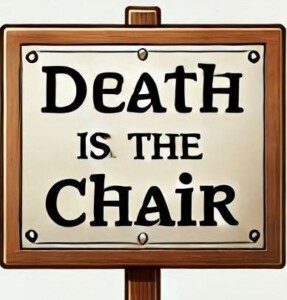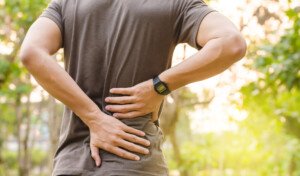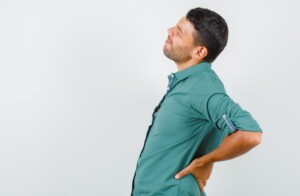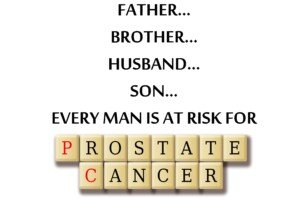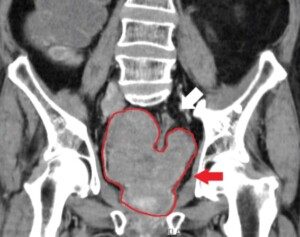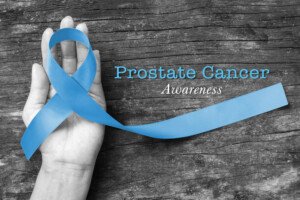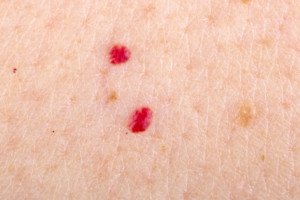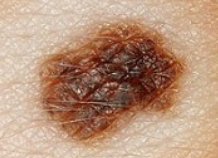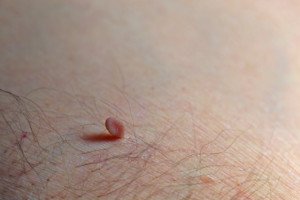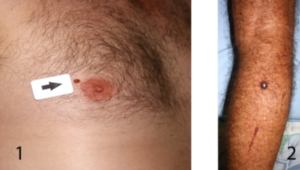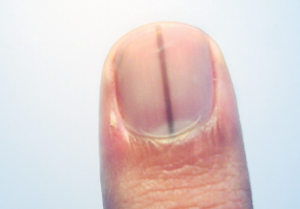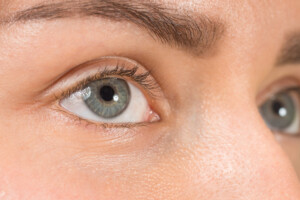Recently had a heart problem? The last thing you’ll want to do is be inactive most of the day once out of the hospital.
Excess sitting is a disease.
Otherwise, you’ll face a much higher risk of another heart issue or even death within the next 12 months.
This is the finding of a study published in Circulation: Cardiovascular Quality and Outcomes (2025).
Prolonged sitting is not what the human body was meant to do, even though we live in a society where this is a natural byproduct of a modern lifestyle.
But even following a heart event, excess sitting or extended inactivity is still not natural for the body.
The study comes from researchers at Columbia University Medical Center and the American Heart Association.
How was this study done?
Researchers took a look at people who’d been in the hospital for chest pain or signs of a heart attack.
In earlier research, the same team found that heart patients were spending around 12 to 13 hours a day sitting still — basically, doing anything that didn’t involve much movement.
This new research went a step further by tracking how much people actually moved.
Instead of relying on people’s memories, the study had participants wear wrist accelerometers — small devices that measure motion in three directions: forward and backward, side to side, and up and down.
These sensors gave researchers a clear picture of how active each person really was for about 30 days after leaving the hospital.
The study team then looked at what happened over the following year.
The Startling Results
Compared to the most active people, those who sat the most had more than 2.5 times the risk of another heart problem or death within a year. That’s a huge jump — all from sitting too much.
The researchers calculated what would happen if people simply swapped out 30 minutes of sitting for something else.
And the results show that even small lifestyle tweaks can pay off big.
Replacing 30 minutes of sedentary time with moderate or vigorous activity (like brisk walking or playing pickle ball) lowered the risk of another heart problem by 61%.
Even swapping that time for light activity (moderate pace walking, gentle yoga,) cut the risk by 50%.
More on How the Study Was Done
Patients were divided into groups based on how active they were.
Those in the most active group averaged about 144 minutes of light physical activity per day, 25 minutes of moderate-to-vigorous activity, and spent about 11.7 hours sitting.
At the other extreme, the least active group averaged only 82 minutes of light activity/day, less than three minutes of moderate or vigorous activity, and sat still for 15.6 hours a day. A middle group landed somewhere in between.
This research included more than 600 adults, 21 to 96, who had been treated for chest pain or heart attack symptoms at a New York City hospital.
After discharge, each participant wore the wrist tracker for about a month, then researchers checked back in a year later through phone interviews, medical records and even the Social Security Death Index to find out how they were doing.
Within that year, 8.2% of participants — about one in 12 — had another heart problem or died.
Did the study have any limitations?
The definition of “sedentary time” was based only on physical movement, so it may have slightly overestimated how much time people were actually sitting still.
For instance, someone could be sitting pretty much still while doing dumbbell exercises.
They also didn’t track what happened immediately after hospital discharge — like whether patients went home, entered rehab or stayed in a care facility — which might have affected their activity levels.
Still, the study investigators say the message is clear: Sitting less can make a big difference, especially for heart patients.
• Do you normally walk your dog? Tack on 30 minutes (doesn’t have to be all at once).
• Don’t have a dog? Then go walking anyways. Or get a dog.
• Join a gym; take an exercise class or sign up for a wally ball league.
• Take up gardening. This will promote movement that you normally wouldn’t do.
• Just do whatever it takes to get in more movement and less sitting.
• What’s critical is that the added activity be something new in your lifestyle, rather than saying, “Well, I already move around doing housework.”
• Do something MORE, totaling 30 minutes, that you haven’t been doing before your cardiac event.
![]()

